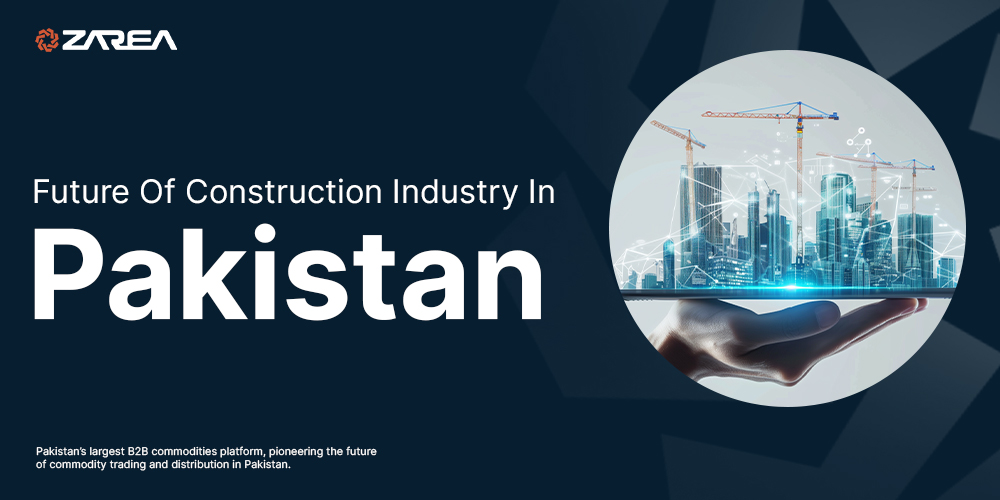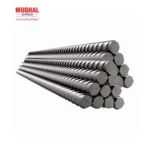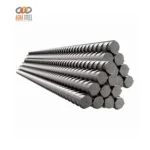The future of construction industry in Pakistan has been growing steadily over the past few years and is expected to continue growing in the future. With the government’s focus on infrastructure development, housing projects, and the China-Pakistan Economic Corridor (CPEC), the construction industry presents numerous opportunities for growth. This blog will explore the future of the construction industry in Pakistan and the factors that will drive its growth.
1. Infrastructure Development
Infrastructure development is crucial to economic growth, and the government of Pakistan has recognized this. The government has announced several large-scale infrastructure development projects, including the construction of highways, airports, and energy projects. The development of infrastructure will drive demand for construction services, and the industry is expected to grow as a result.
2. Housing Projects
Pakistan is facing a shortage of affordable housing, and the government has taken several steps to address this issue. The government has announced several housing projects, including the Naya Pakistan Housing Scheme, which aims to provide affordable housing to low-income households. The demand for housing is expected to drive growth in the construction industry, and private entities can take advantage of this opportunity by investing in affordable housing projects.
3. China-Pakistan Economic Corridor (CPEC)
The China-Pakistan Economic Corridor (CPEC) is a game-changer for Pakistan’s economy and the construction industry. The CPEC is a series of infrastructure projects, including highways, railways, and energy projects, that will connect China’s western region to the Pakistani port of Gwadar. The CPEC presents numerous opportunities for the construction industry, and the industry is expected to grow as a result of the CPEC projects.
4. Technological Advancements
The construction industry is undergoing a digital transformation, and technological advancements are expected to drive growth in the industry. Digital technologies, such as Building Information Modeling (BIM), can help construction companies to optimize the design and construction process, increase efficiency, and improve collaboration between stakeholders. The use of technology in the construction industry is still in its infancy in Pakistan, but there is potential for growth in this area.
5. Skilled Labor Shortage
One of the challenges facing the construction industry in Pakistan is the need for more skilled labor. The lack of vocational training programs and the migration of skilled workers to other countries has created an industry shortage of skilled labor. To ensure the sustained growth of the industry, the government must invest in vocational training programs to address the shortage of skilled labor.
6. Bureaucratic Hurdles and Corruption
The future of construction industry in Pakistan is also hindered by bureaucratic hurdles and corruption. The regulatory process is cumbersome, and crime is rampant. To ensure the sustained growth of the industry, the government must streamline the regulatory process and curb corruption in the industry.
Conclusion
The construction industry in Pakistan presents numerous opportunities for growth, driven by infrastructure development, housing projects, the China-Pakistan Economic Corridor (CPEC), technological advancements, and the demand for skilled labor. However, the industry is also hindered by challenges such as a shortage of skilled labor, bureaucratic hurdles, and corruption.
To ensure the sustained growth of the construction industry in Pakistan, the government must invest in vocational training programs, streamline the regulatory process, and curb corruption in the industry. Private entities must also contribute to the development of the industry by investing in affordable housing projects and digital transformation. By addressing the challenges and taking advantage of the opportunities, the construction industry in Pakistan can reach its potential and contribute to the development of the country.

































